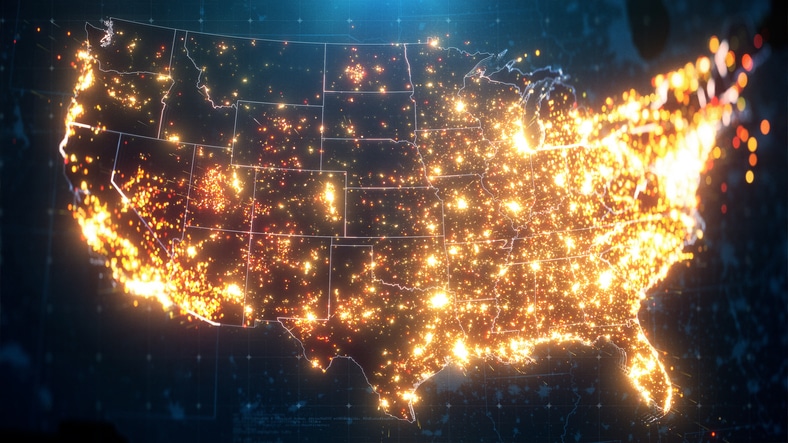
Researchers are no longer in the dark about the effects of artificial light sources on trees and woody plants. Evidence shows that the bright lights of big cities are altering urban plants’ normal seasonal rhythms, leading to earlier and longer allergy seasons and exacerbating everything from allergies to asthma to other breathing issues.
Details of the Study
The researchers looked at how different lighting conditions impacted trees and shrubs at about 3,000 sites in the U.S. over five years. They discovered that artificial light led to leaves budding in the spring about nine days earlier on average; in the fall, leaves changed color nearly six days later on average.
In addition, they noted that increasing nighttime light intensity up to 1% annually under different global warming scenarios would likely shift the start of spring budding even earlier. The influence on the timing of the fall color change had a more complex effect. The projections showed that the delay in the leaf coloring change due to global warming could eventually cease and possibly reverse due to artificial light.
The Effect on Your Health
A longer active season for plants in urban areas leads to a longer and earlier allergy season for its inhabitants. Pollen is problematic for allergy sufferers, but it’s also hard on those with asthma and other breathing problems.
People with respiratory issues like asthma may be more sensitive to pollen, and an extended pollen season could cause greater harm. According to one study, the early onset of spring was associated with a 17% increase in hospital admissions for asthma.
Do you live in an area with a lot of light pollution and have breathing issues? Our expert ENTs can get to the root of your breathing woes, whether they’re plant-related or not. Call to schedule a consult, today!
“Everyone is nice and very efficient.”